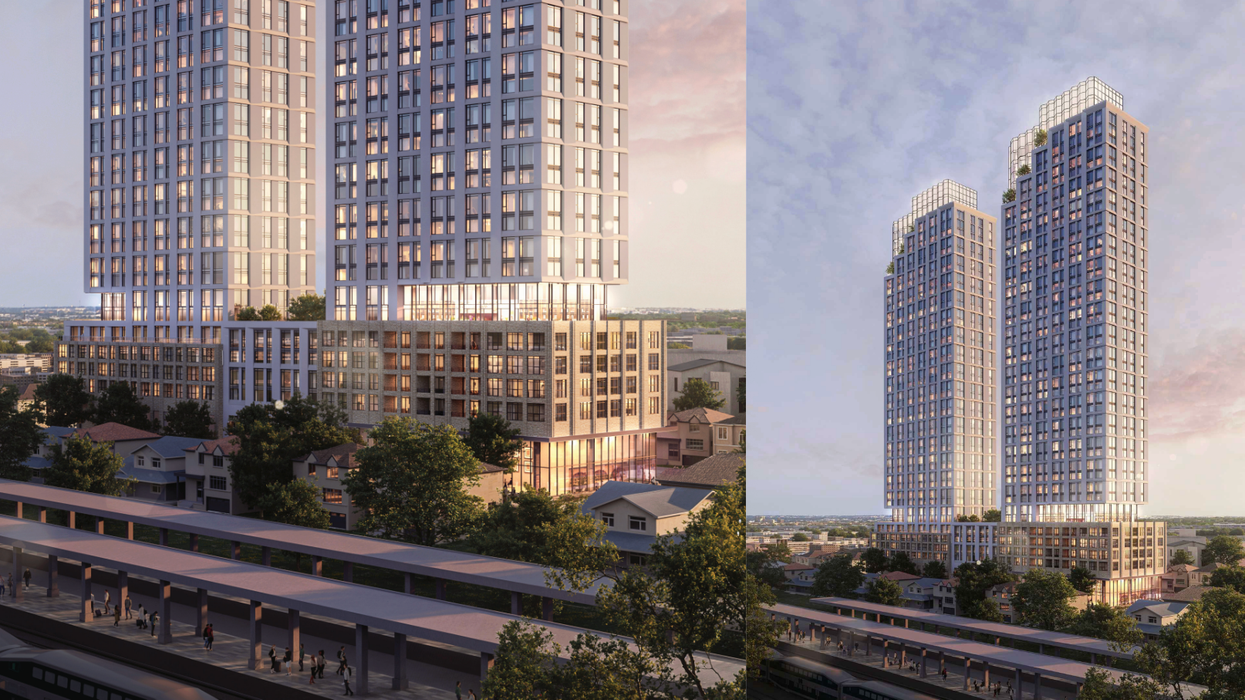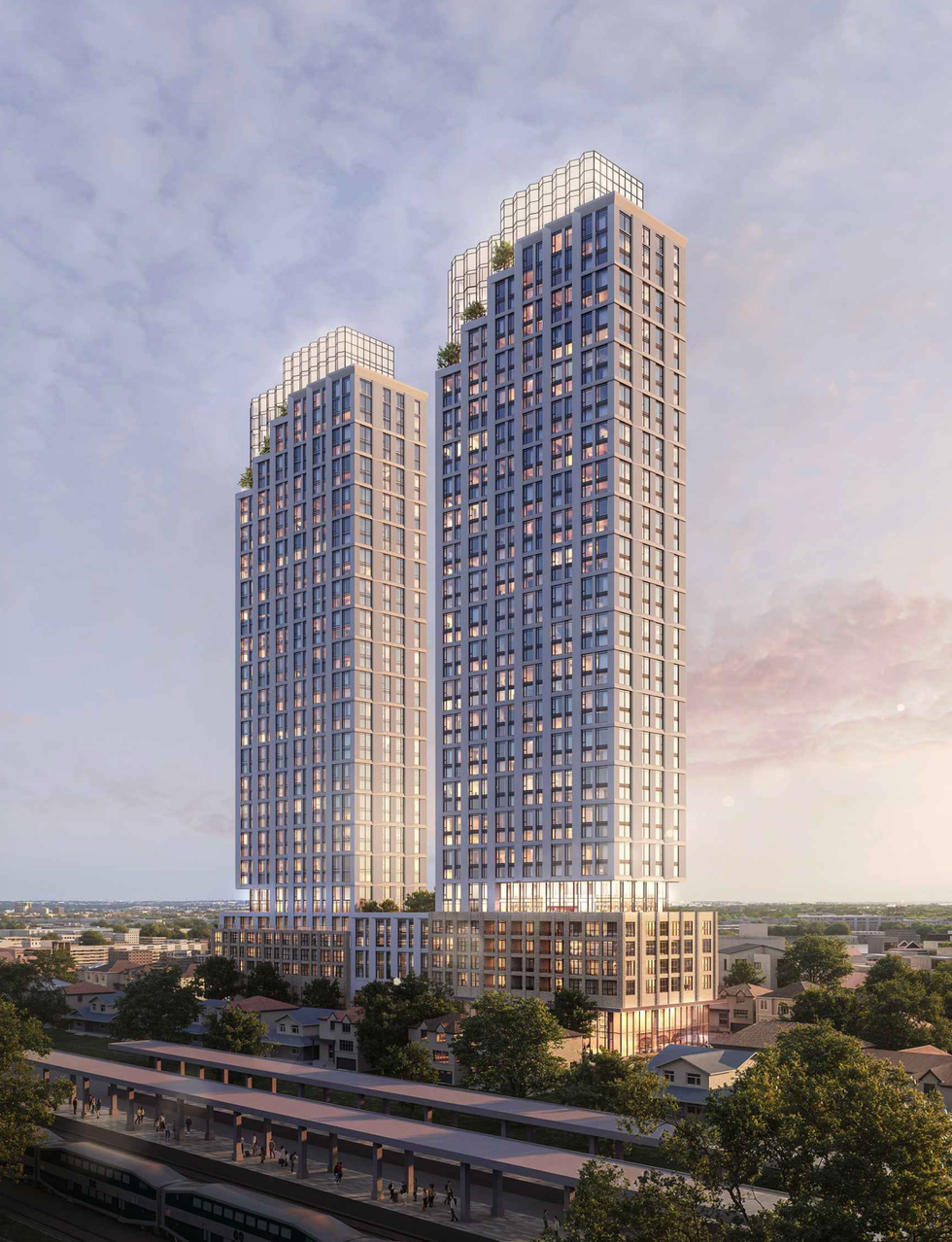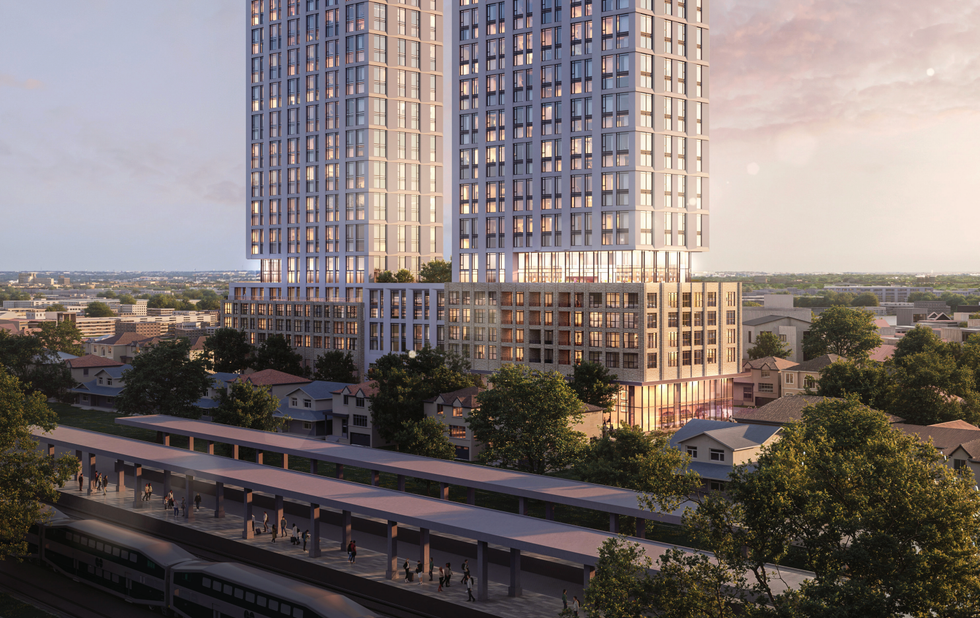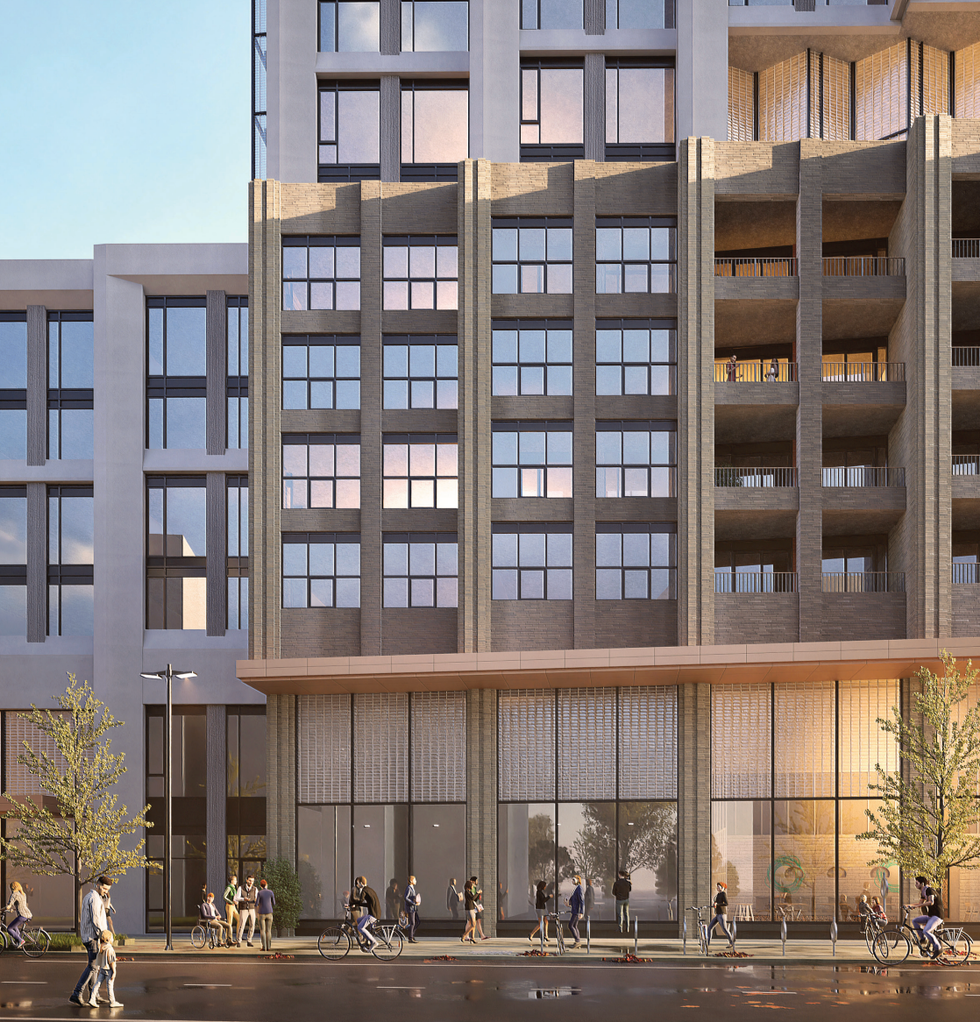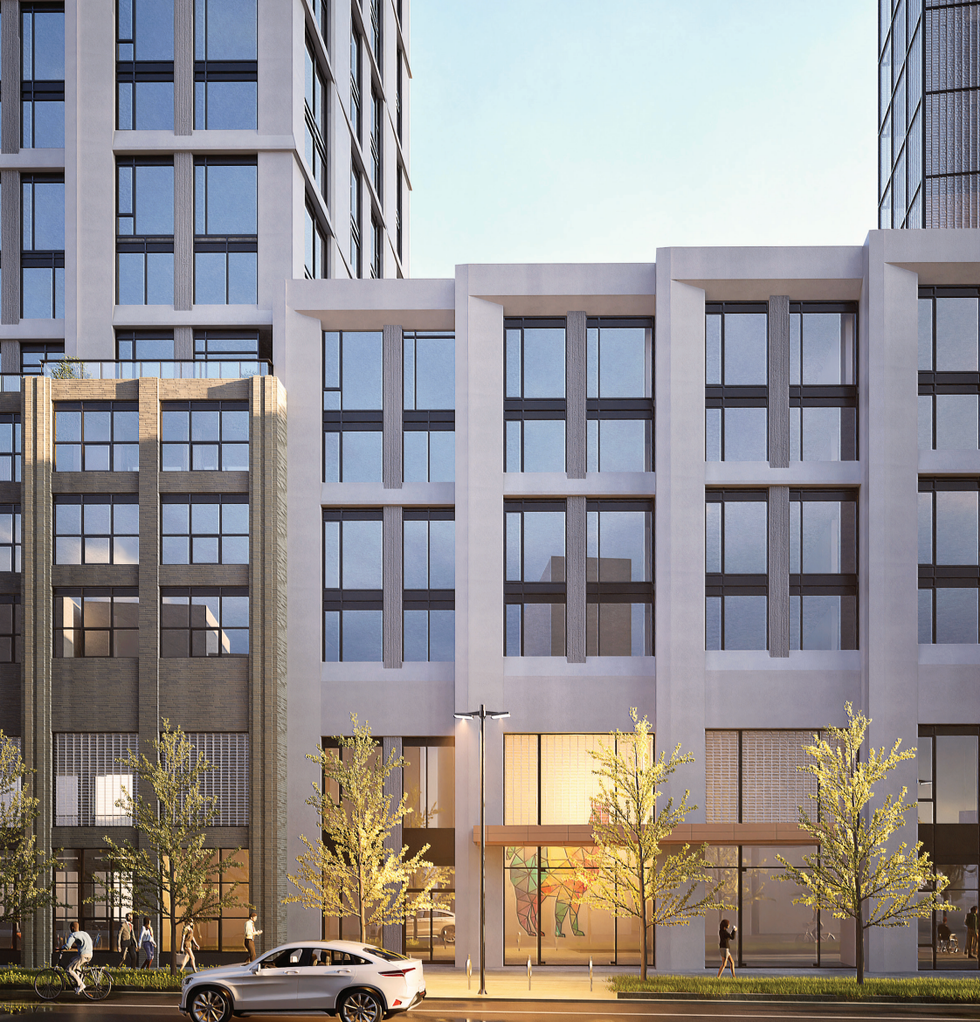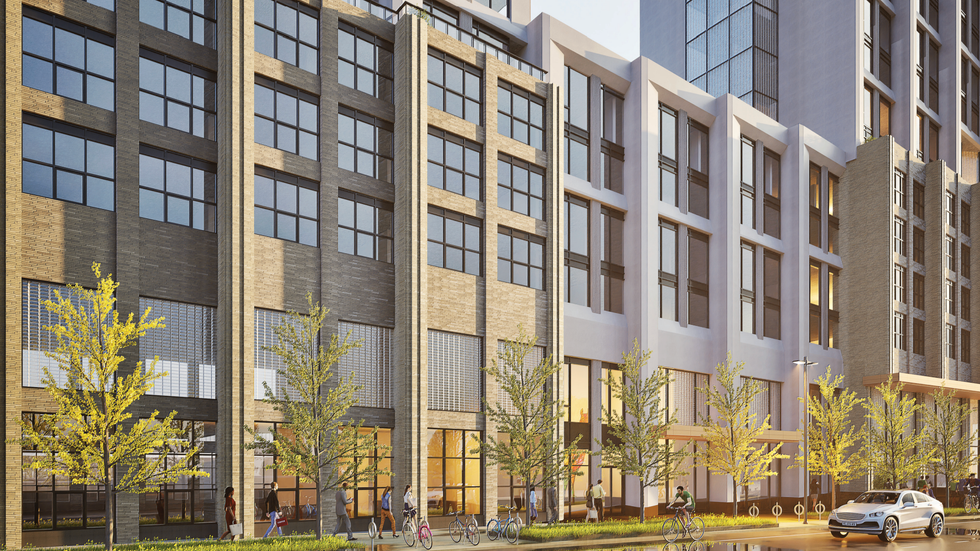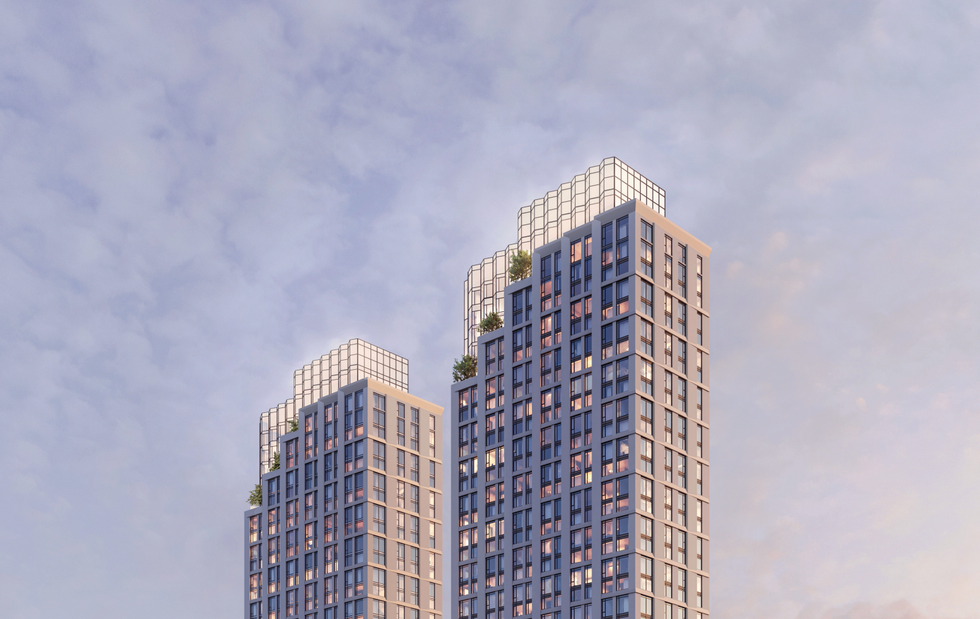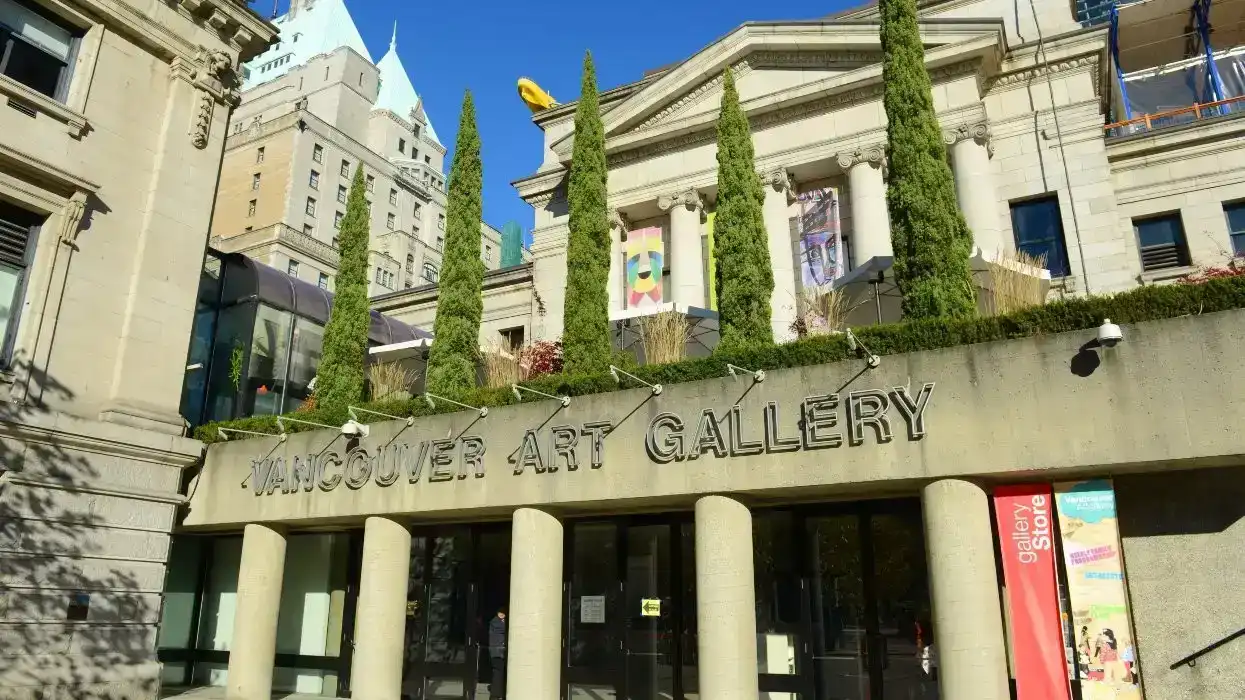First-Time Home Buyer RRSP Withdrawal
Learn how first-time buyers can use the RRSP Home Buyers’ Plan in Canada to withdraw funds for a down payment and what rules apply.

May 22, 2025
What is the First-Time Home Buyer RRSP Withdrawal?
The First-Time Home Buyer RRSP Withdrawal, also known as the Home Buyers’ Plan (HBP), allows eligible Canadians to withdraw up to $35,000 from their Registered Retirement Savings Plan (RRSP) to buy or build their first home.
Why the First-Time Home Buyer RRSP Withdrawal Matters in Real Estate
This program provides a valuable resource for first-time buyers by enabling them to access retirement savings without immediate tax consequences.
Key features include:
- Withdraw up to $35,000 (or $70,000 per couple)
- Funds must be repaid to the RRSP over 15 years
- No tax withheld at withdrawal if conditions are met
- Must not have owned a home in the past four years
To qualify, the buyer must have a written agreement to buy or build a qualifying home. The withdrawn funds can be used for the down payment or other purchase-related expenses.
The repayment schedule begins the second year after withdrawal, with annual minimum payments. If a repayment is missed, the amount is added to the person’s taxable income for that year.
The HBP helps reduce borrowing needs and makes it easier to afford a first home. However, it’s important to understand the long-term impact on retirement savings and stay on track with repayments to avoid tax penalties.
Example
A first-time buyer withdraws $25,000 from their RRSP for a down payment. They repay $1,667 annually over 15 years to avoid tax on the withdrawal.
Key Takeaways
- Withdraw up to $35,000 from RRSP tax-free.
- Must be repaid over 15 years.
- Useful for down payments.
- Helps reduce mortgage size and interest.
- Must meet first-time buyer eligibility.
Related Terms
- Home Buyer’s Plan (HBP)
- Down Payment
- RRSP
- First-Time Home Buyer Incentive
- Tax-Free Savings Account (TFSA)
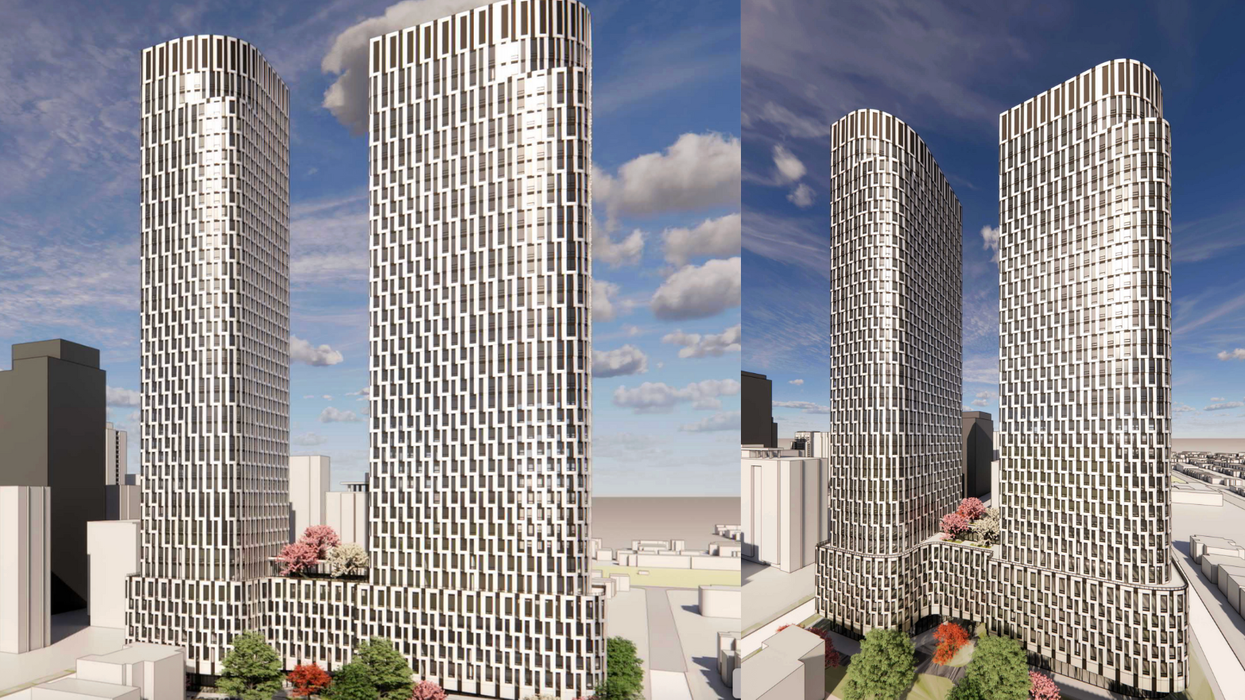
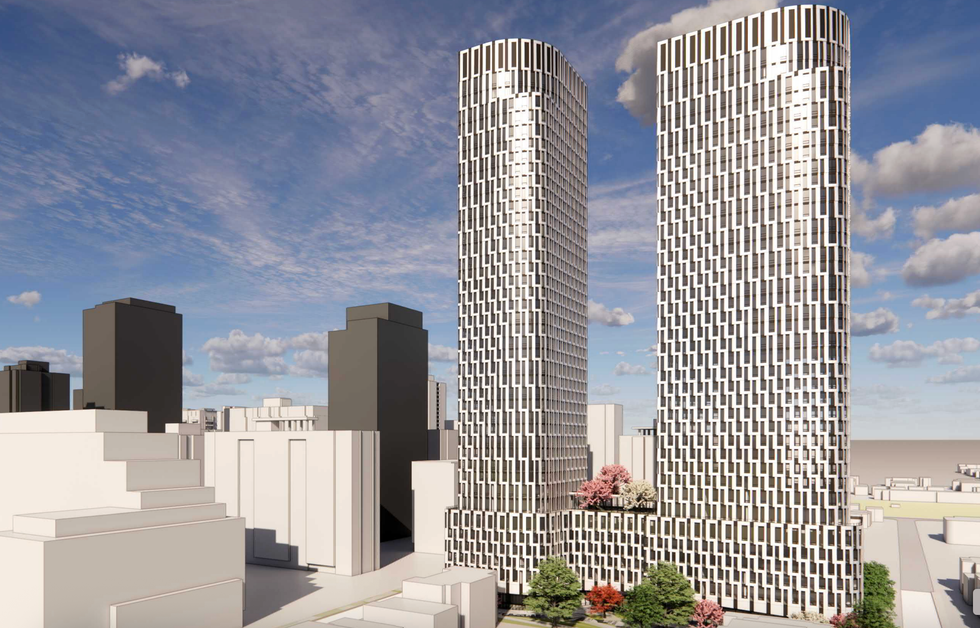

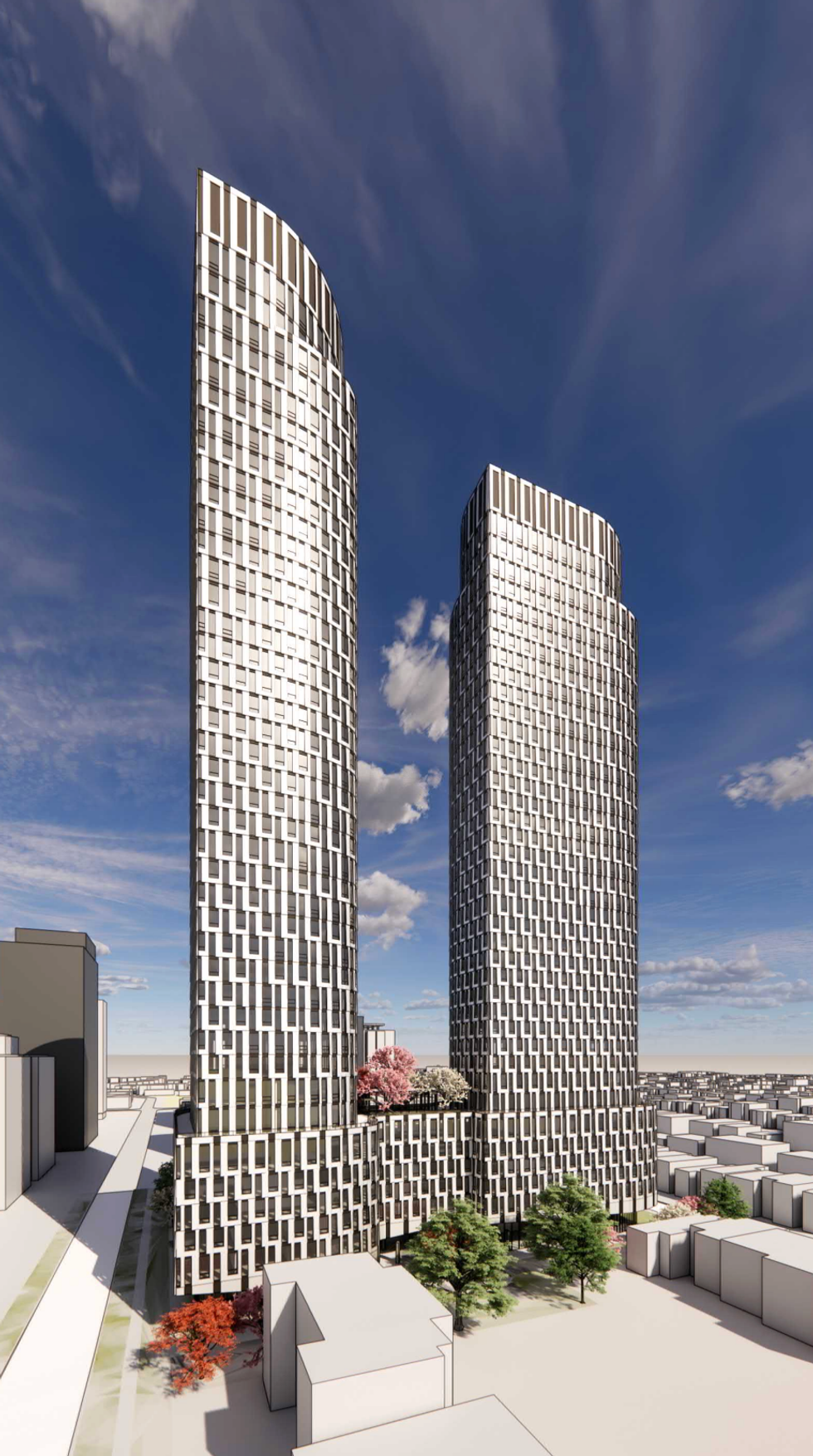
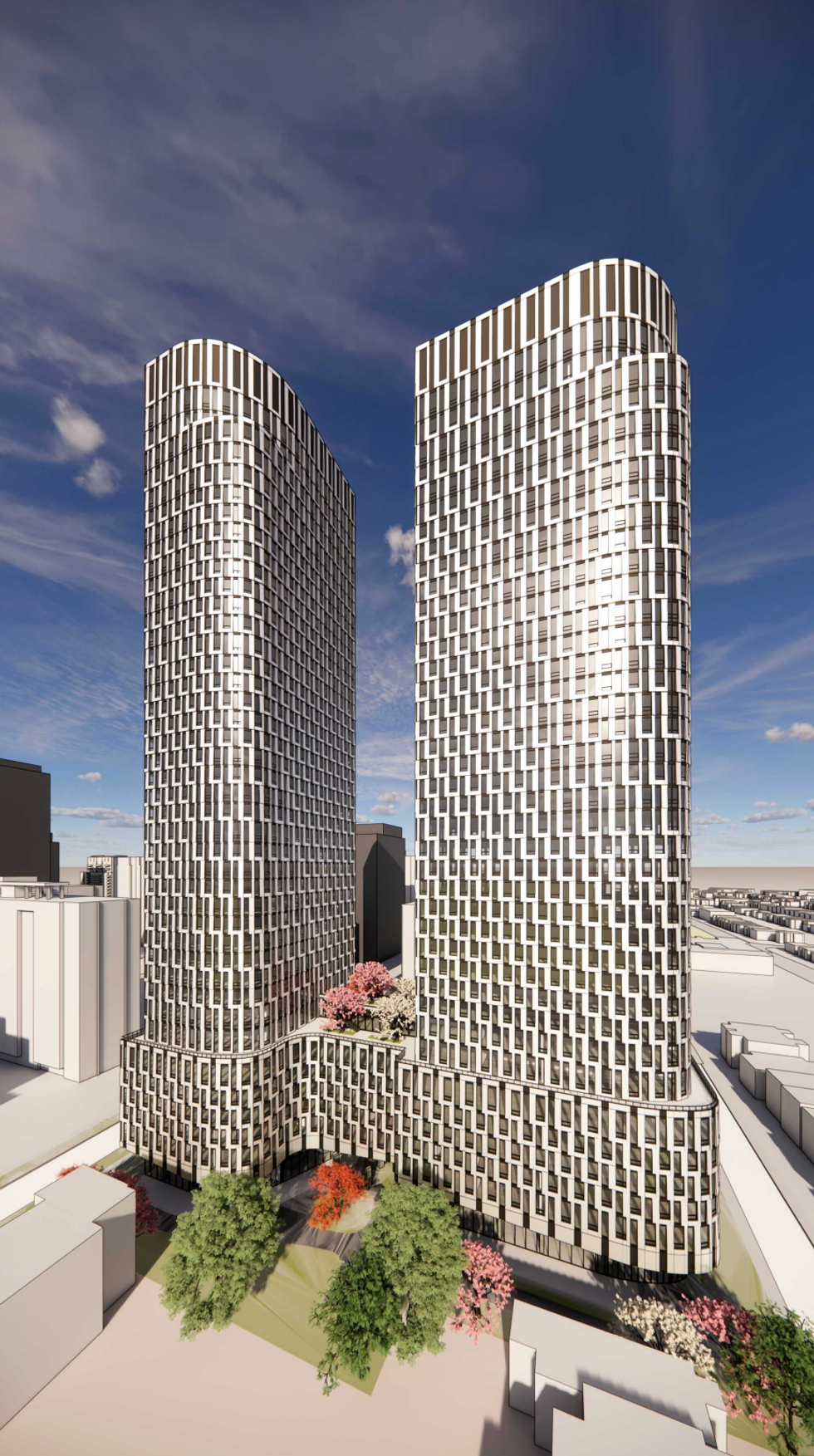
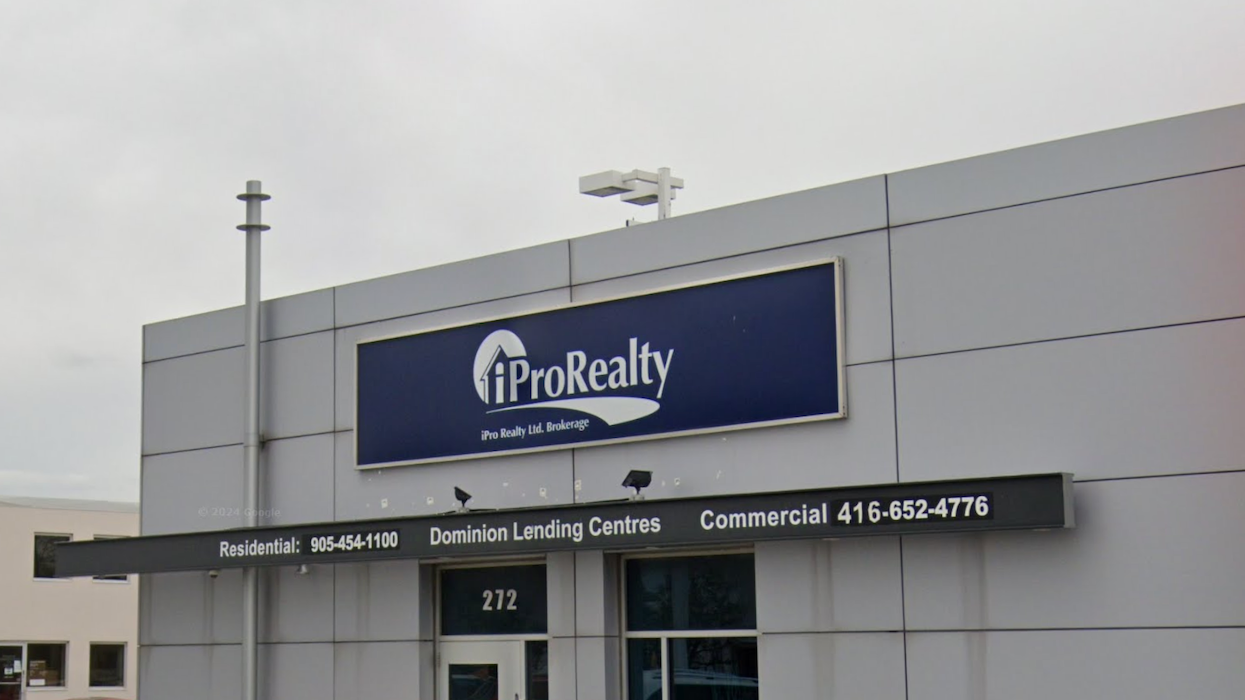

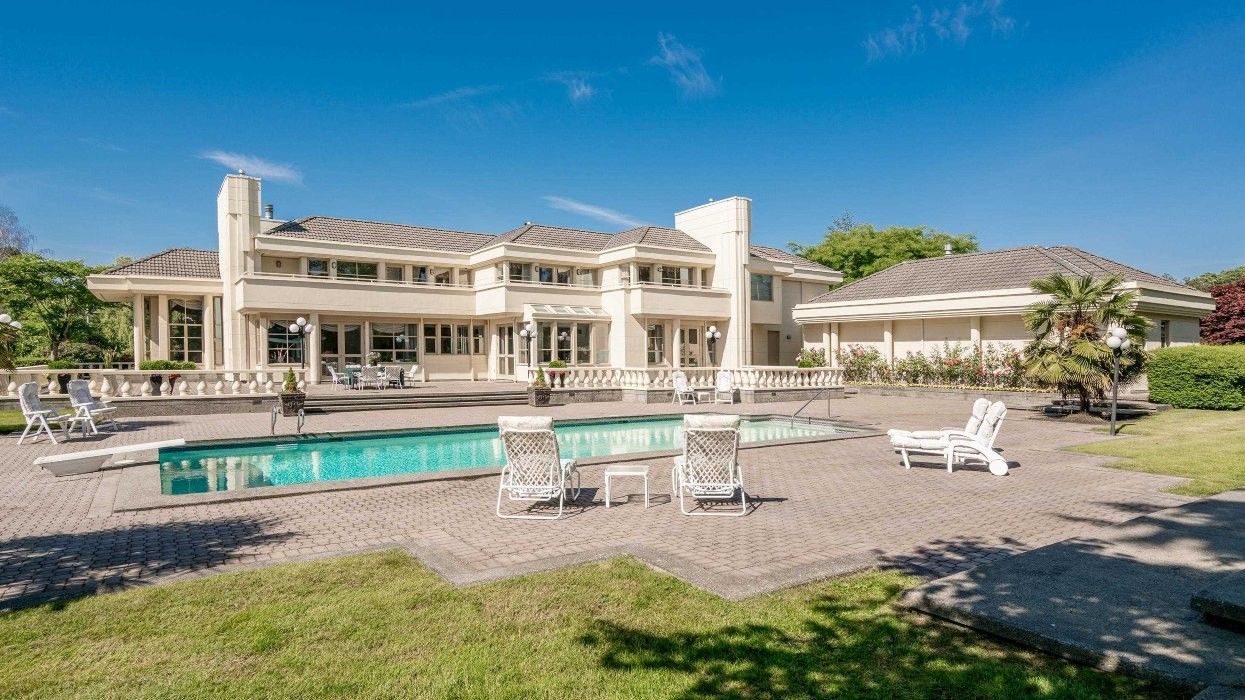
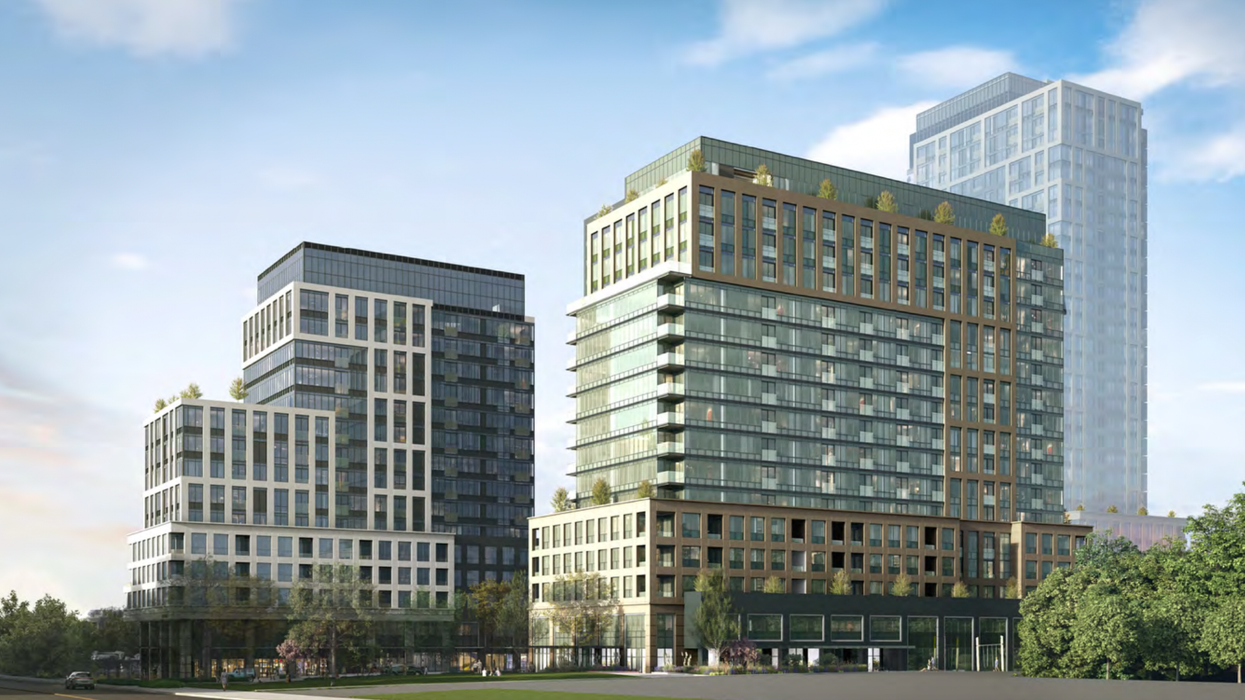
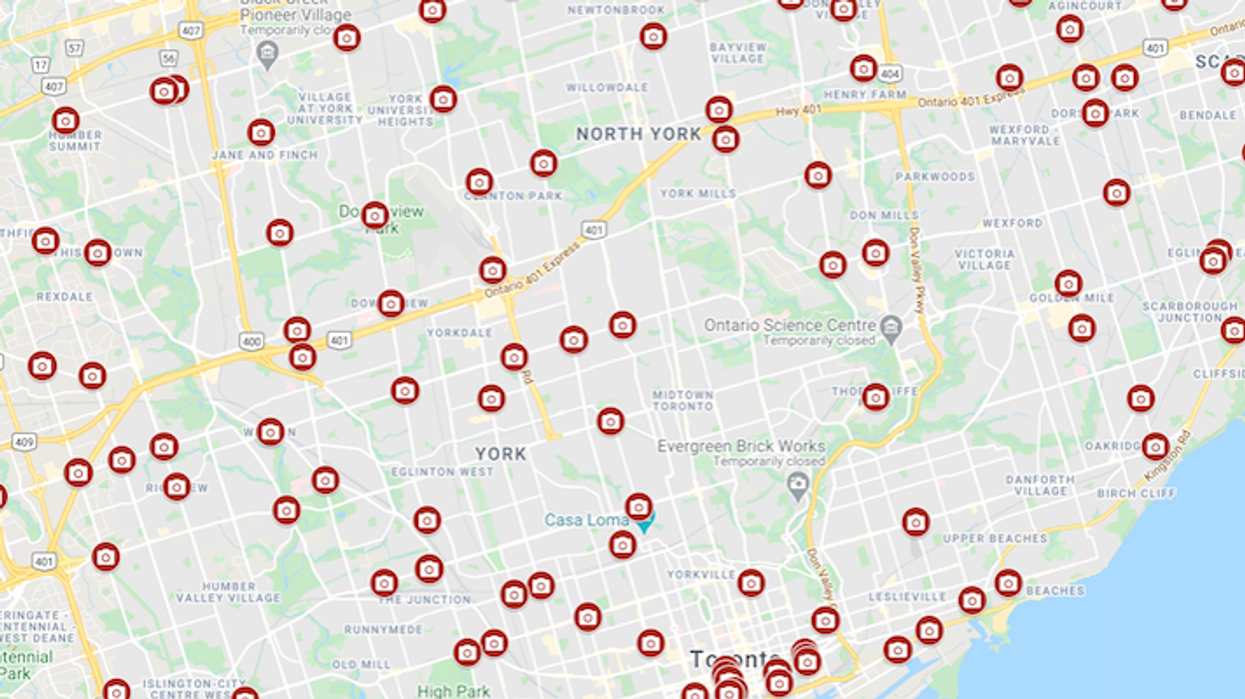

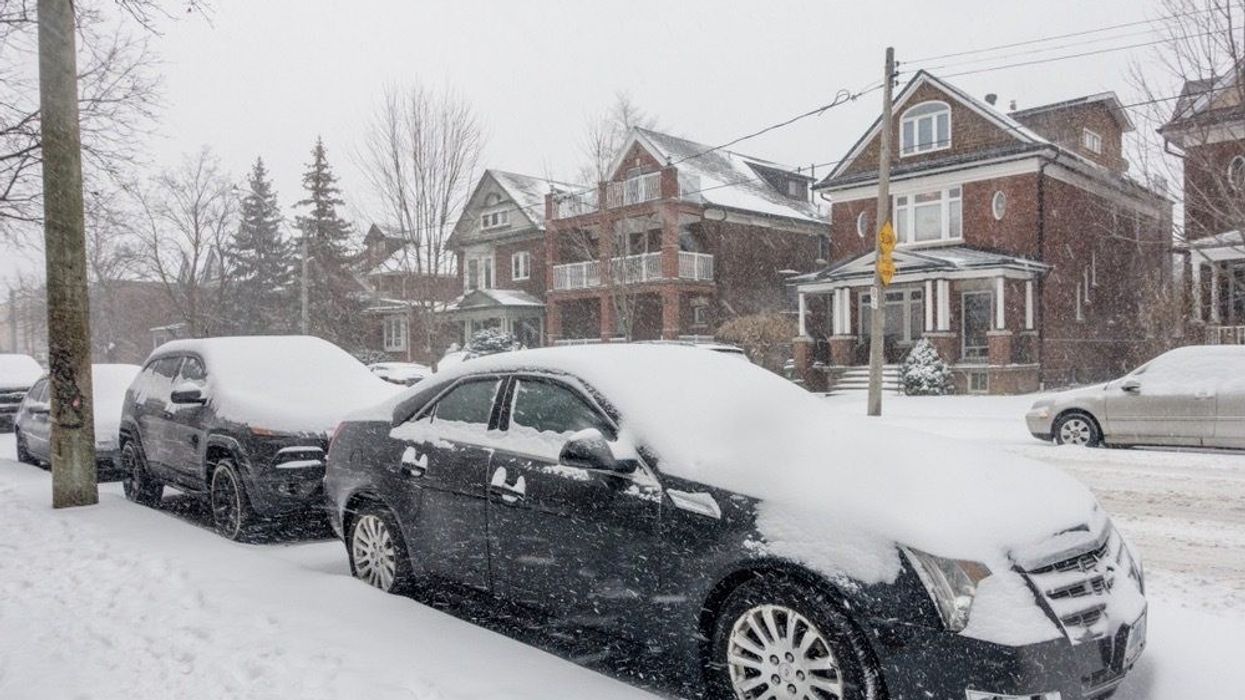
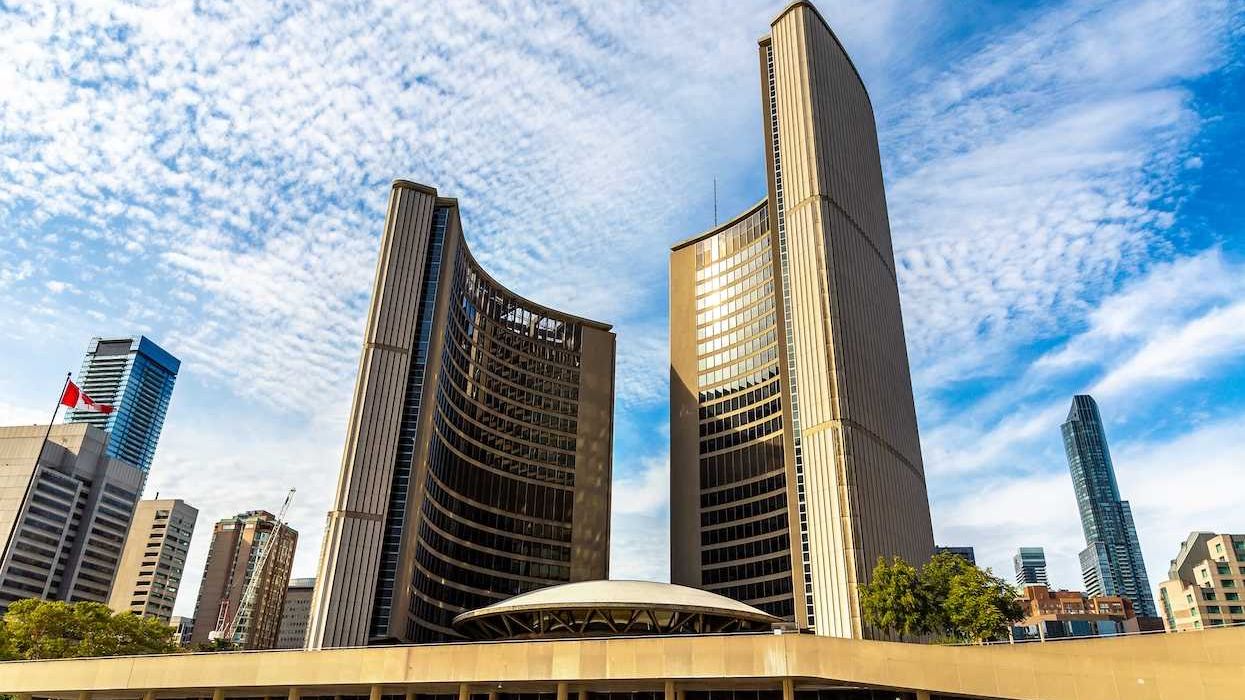
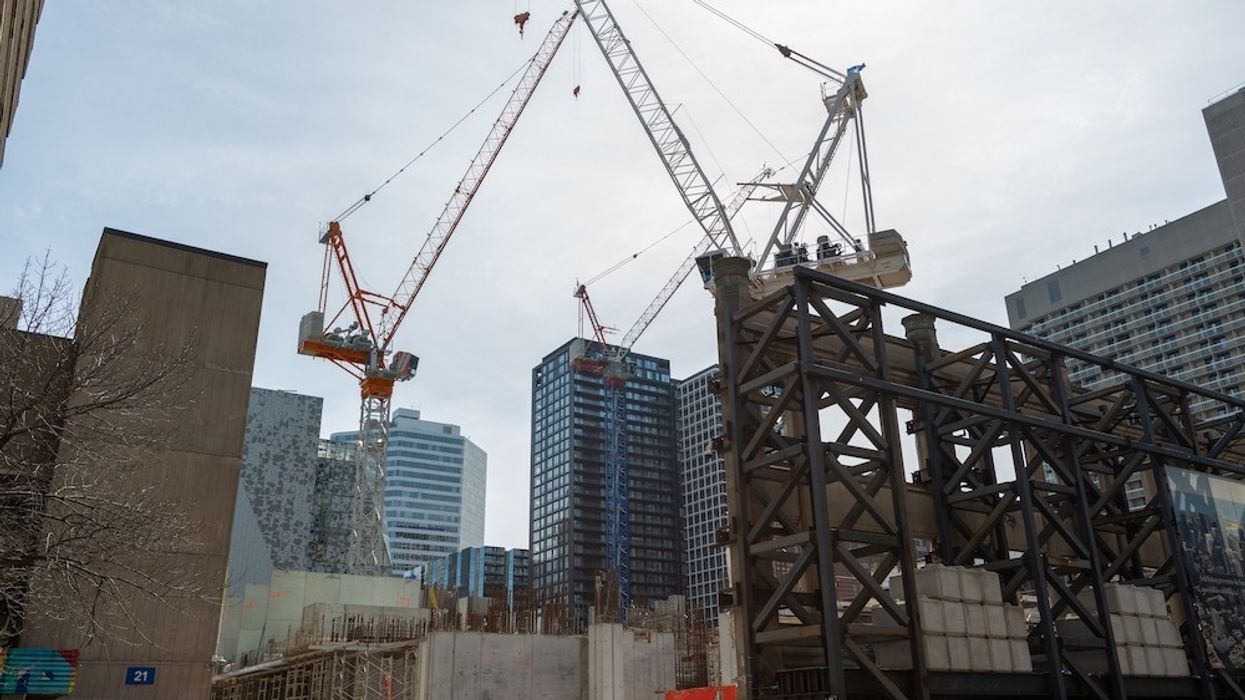
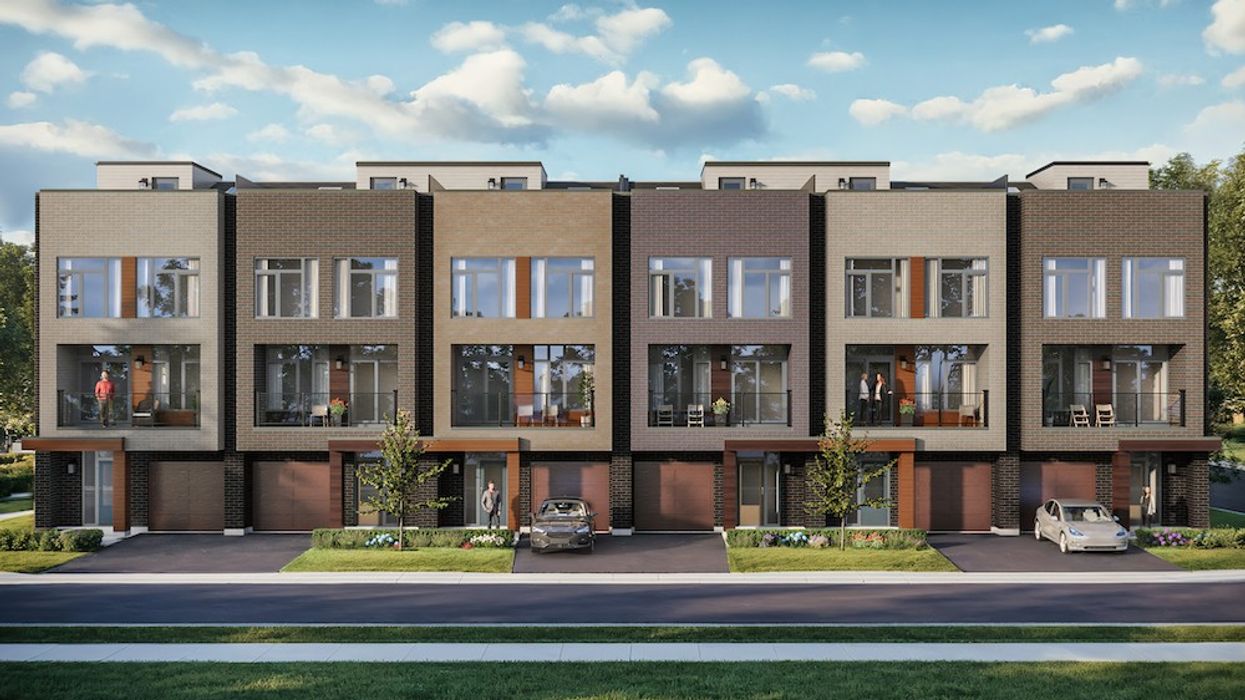
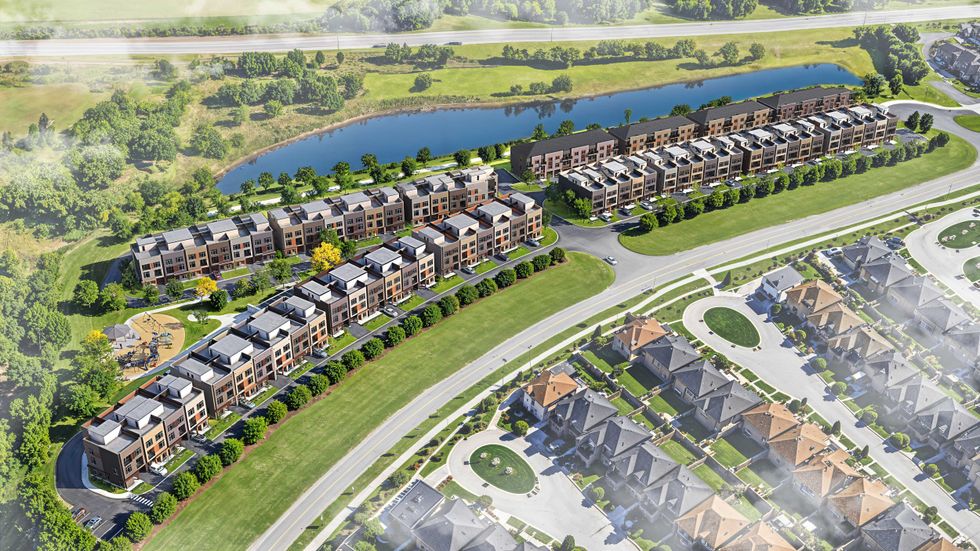 Camcos Living
Camcos Living Shutterstock
Shutterstock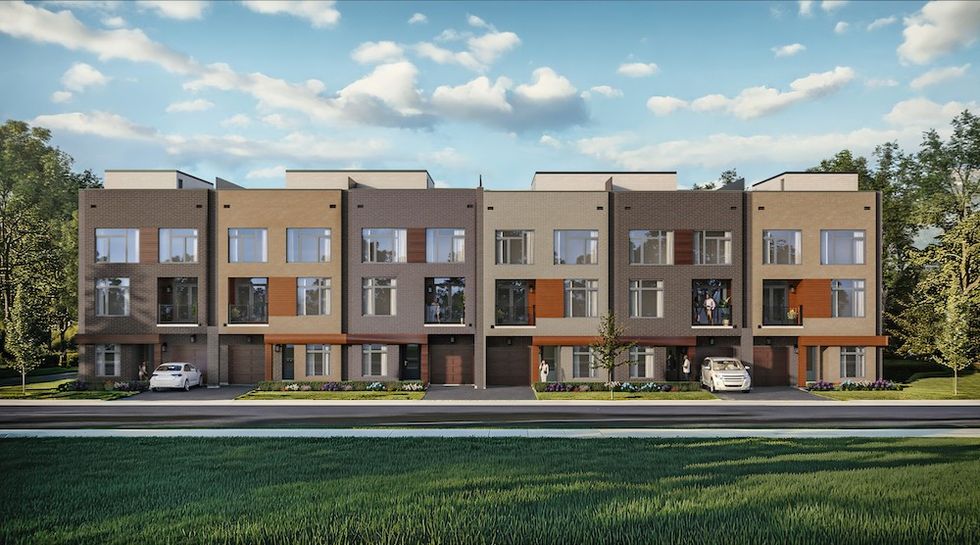 Little Rouge Block G/Camcos
Little Rouge Block G/Camcos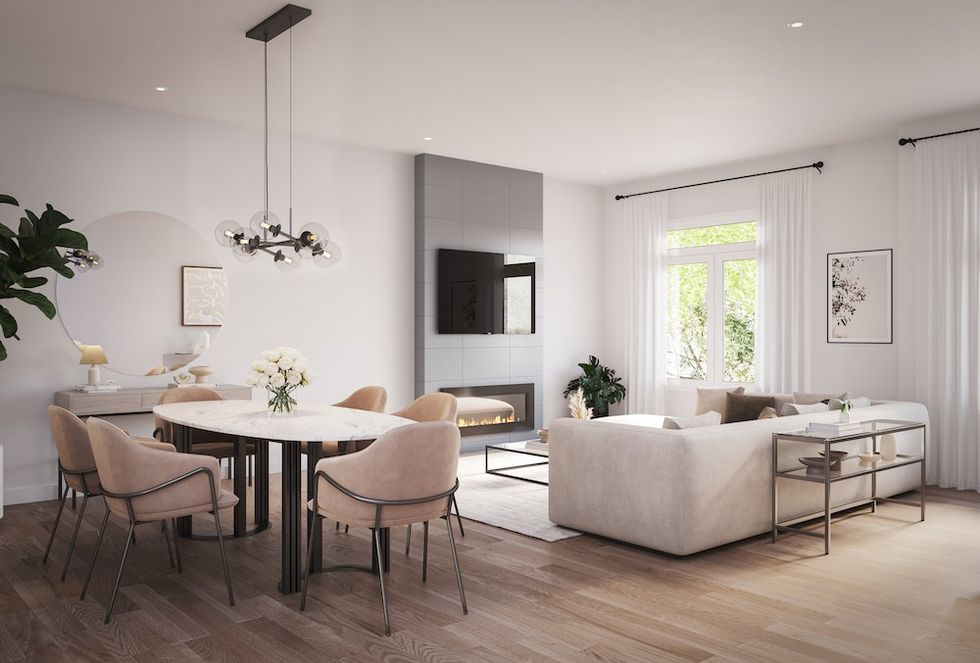 Camcos Living
Camcos Living Camcos Living
Camcos Living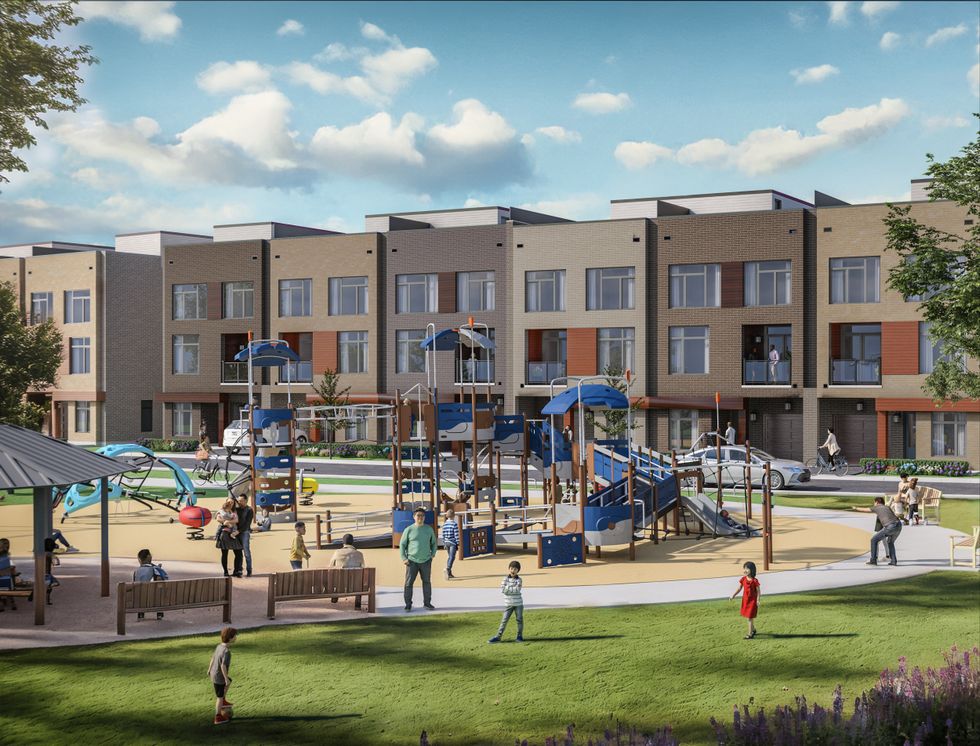 Camcos
Camcos
